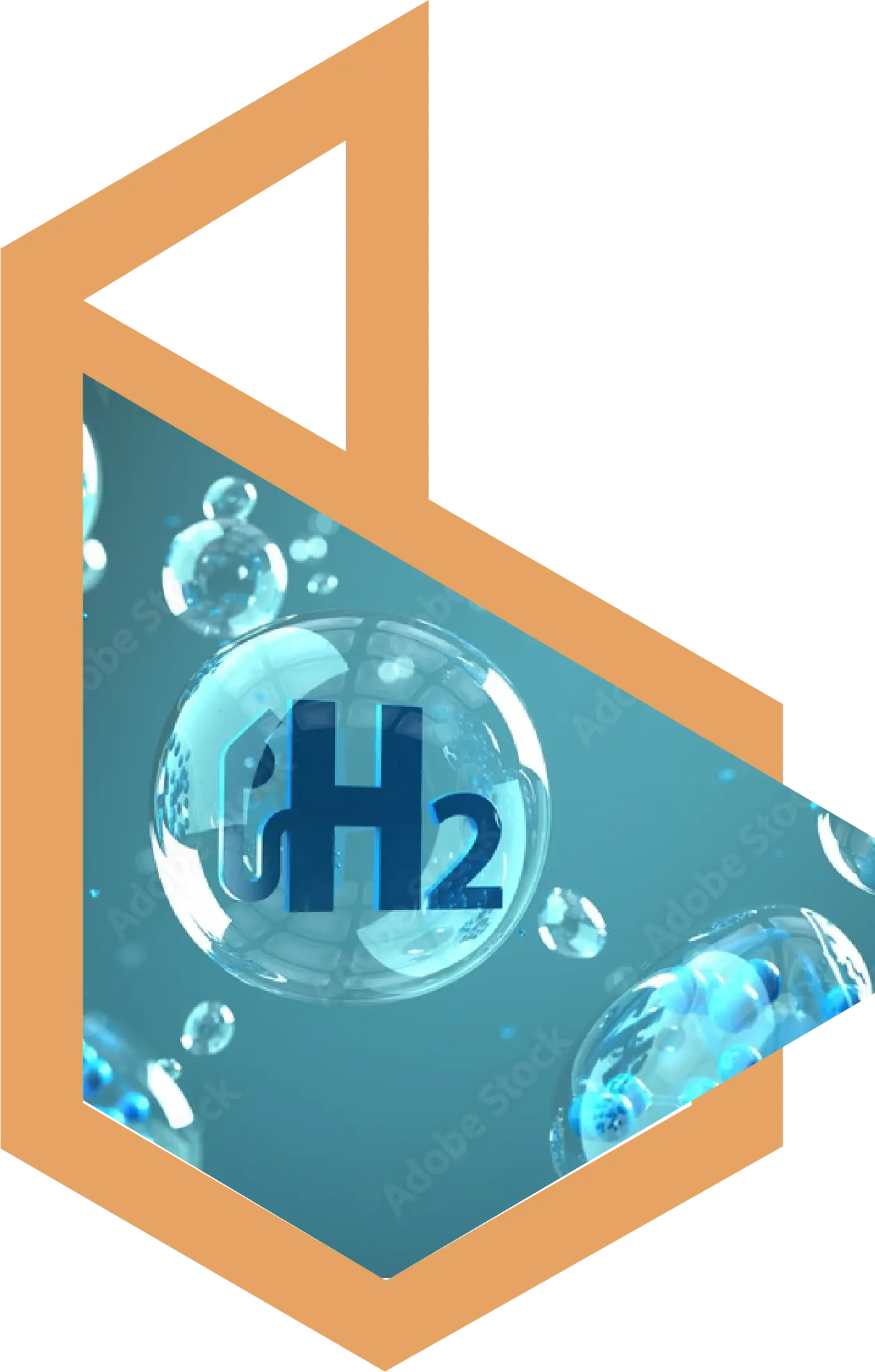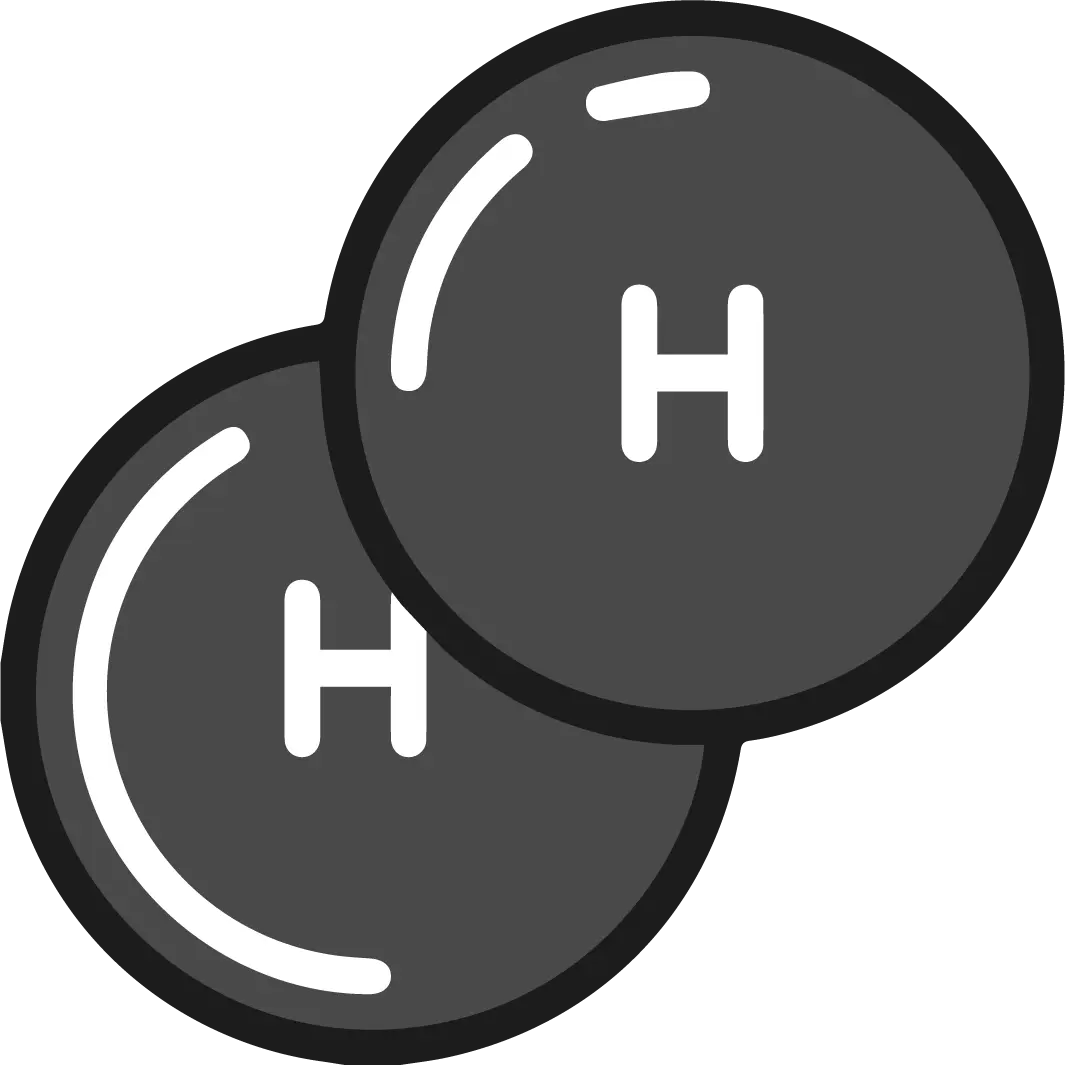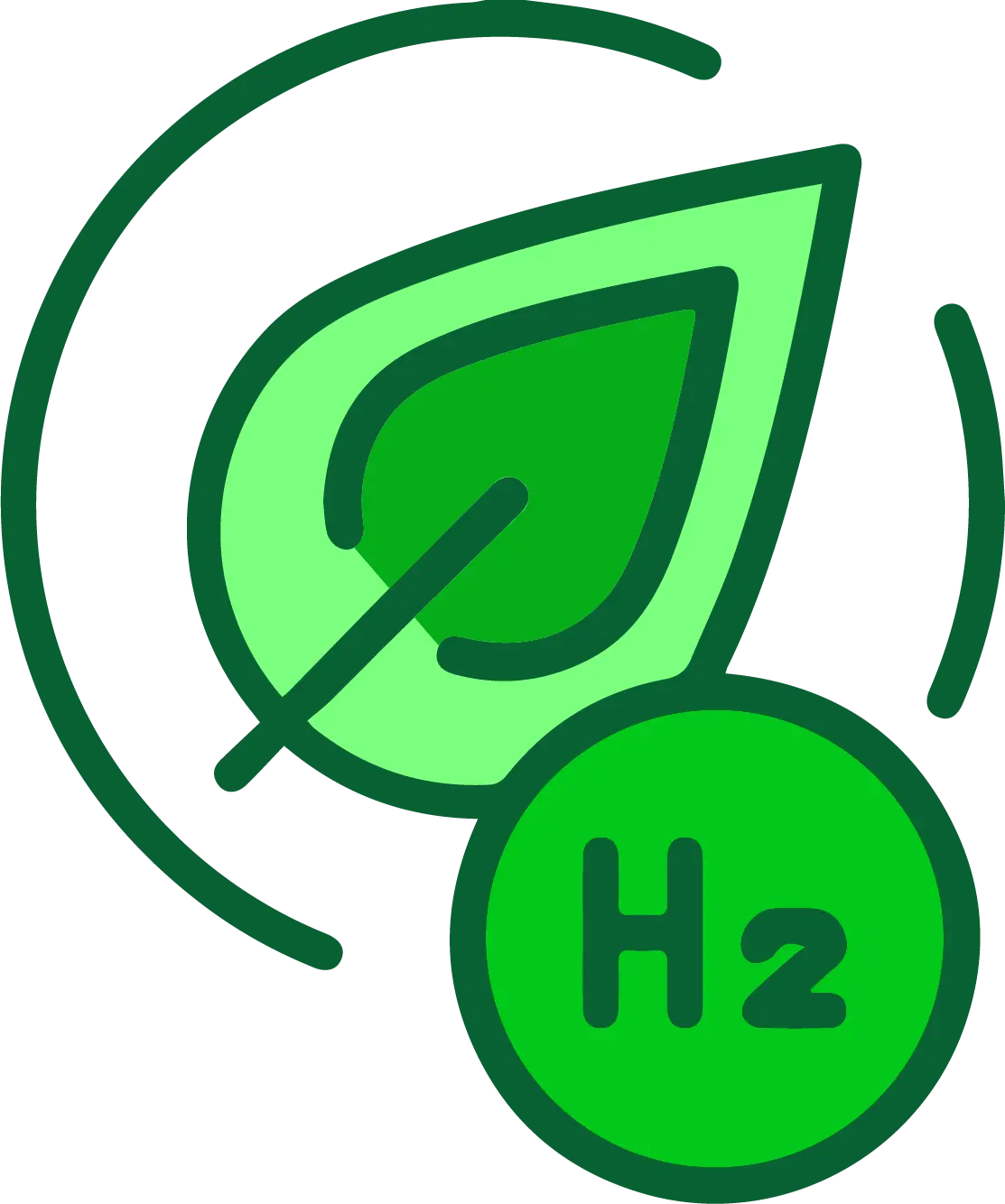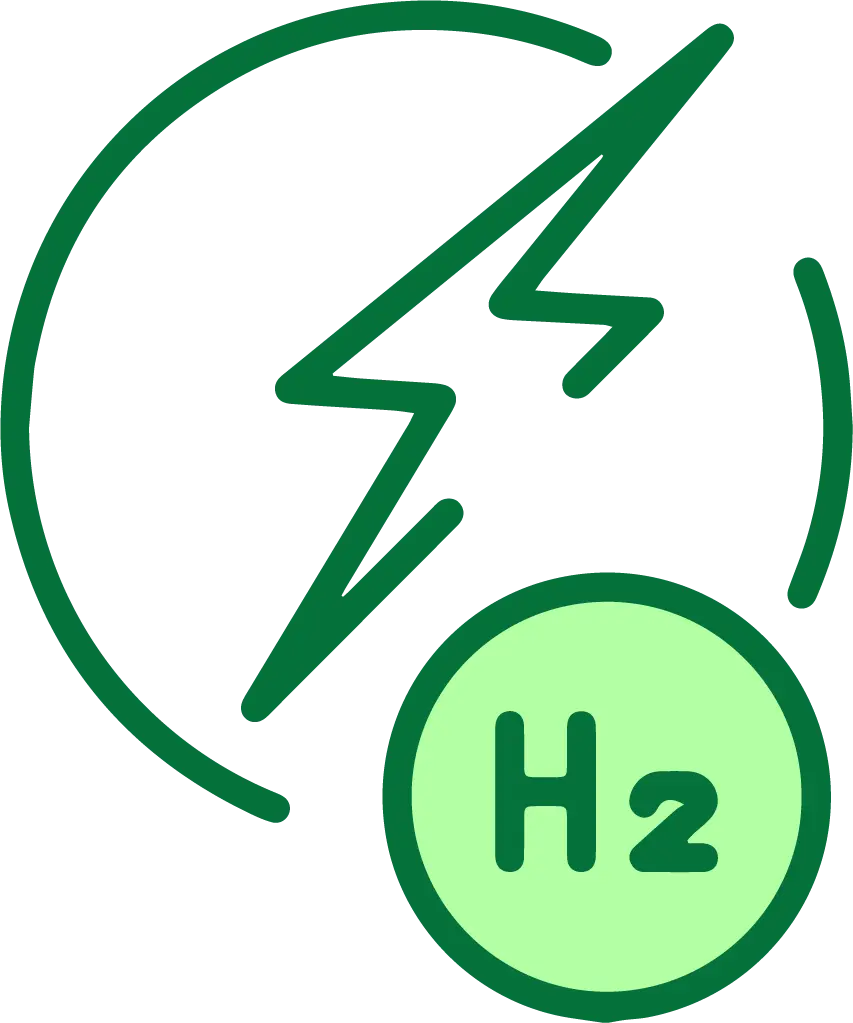
Versatile raw material of the future
How is the economy moving away from fossil fuels towards renewable energy sources? The key is hydrogen: it enables the storage of energy generated from solar, hydropower or wind power - so that it too electricity when the sun is not shining. The excess energy that is produced on particularly sunny or windy days can be converted from electrical energy into chemical energy with the help of hydrogen and stored with almost no loss.
And in many other areas of application, hydrogen can directly replace fossil fuels: For example, it can be used in blast furnaces instead of coal to increase the temperature required for smelting iron from iron ore and producing steel When heating residential and commercial buildings, it can replace oil, gas or conventionally produced electricity: with a hydrogen storage system, the energy produced with solar panels on the house can be used flexibly. A so-called hydrogen house is even completely independent of conventional energy sources.
In the field of sustainable mobility, hydrogen can make fossil fuels superfluous in two different ways: as a fuel cell, which is an alternative to lithium-ion batteries, and in the production of synthetic fuels.
A unique benefit of hydrogen: unlike fossil fuels, its supply is virtually infinite. Hydrogen can be derived from a variety of raw materials, each of which is abundant on Earth.
From black to blue to green hydrogen
There are different types of hydrogen based on its properties:
Black hydrogen is obtained through coal gasification, gray hydrogen from natural gas (methane). Both manufacturing processes produce climate-damaging carbon dioxide (CO2). If it is ensured that when producing hydrogen from natural gas, the carbon dioxide is bound as a solid and does not escape into the atmosphere, then this is called blue hydrogen.Many environmental experts consider this to be a bad compromise, since firmly bound carbon dioxide can still be released into the atmosphere at a later date atmosphere, for example by incineration.


The most environmentally friendly way is to produce hydrogen from water by electrolysis, because no CO2 is produced here. This means that by supplying electrical energy from renewable sources - such as solar or wind energy - water molecules (H2O ) are split into hydrogen (H2) and oxygen (O2). So the only waste product of producing hydrogen from water is – oxygen. It doesn’t get much more environmentally friendly. This type of hydrogen is known as green hydrogen and is undoubtedly the future of the energy transition.
In Germany, however, there are only about 40 plants that can carry out such an environmentally friendly and climate-neutral electrolysis. And even the construction of more plants is not enough: Germany does not have nearly enough renewable energies for a significant conversion to hydrogen economy. Countries with intensive and long-lasting solar radiation have it easier here, which can rely on solar energy for hydrogen production.
Green hydrogen: untapped potential in Peru
IB is therefore taking a different path: Peru has already proven to be a solid and reliable partner in the field of lithium extraction. The dry and high-lying deserts in the Andes of Peru are also suitable for another type of energy generation optimal, namely the generation of solar energy for the production of green hydrogen.
The diplomatic relations between Germany and Peru have been cordial for many decades. With its proven local partners, IB has preferential access to Huge areas that have hardly been used so far, which can be made usable for solar energy and green hydrogen with little development effort.
